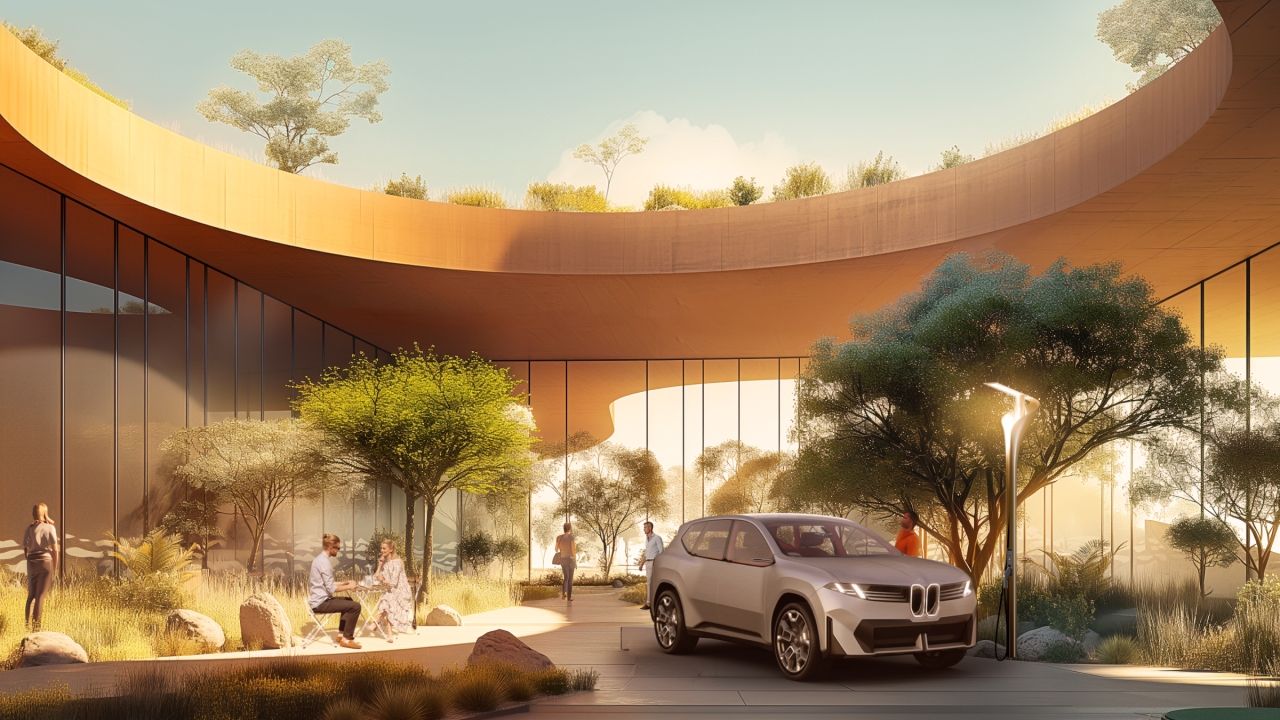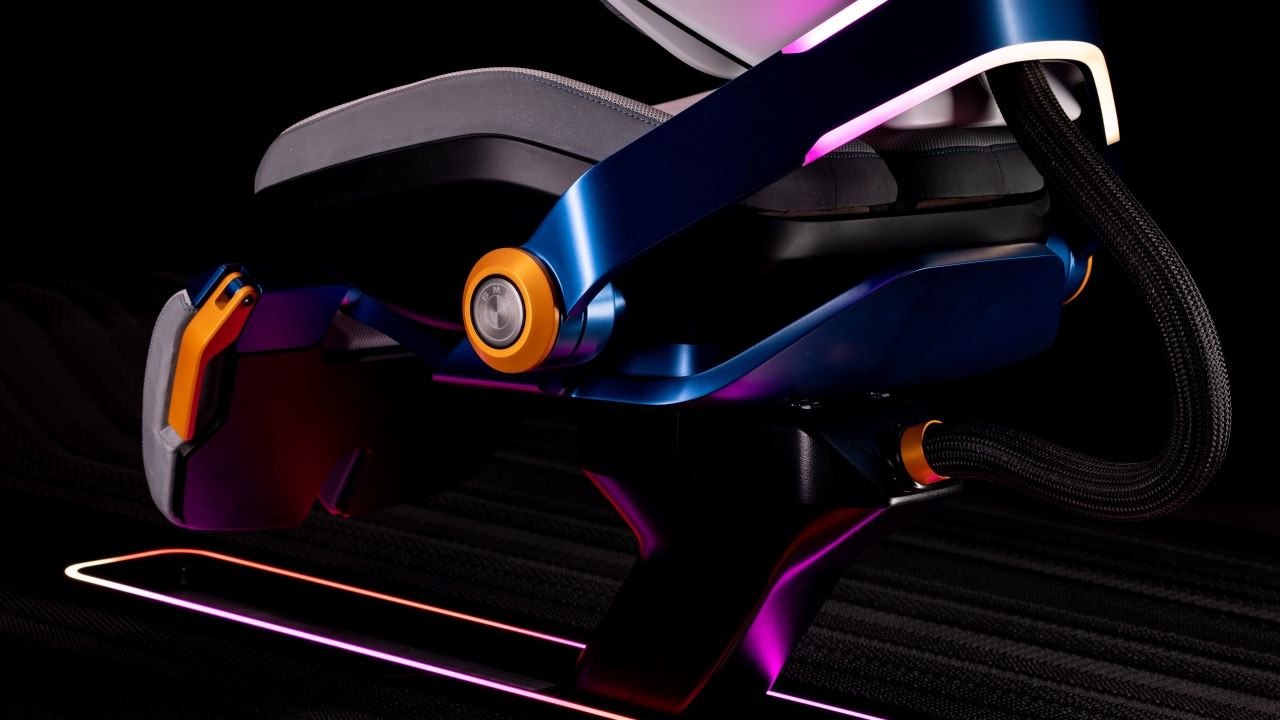The Changing Tide of Energy Generation
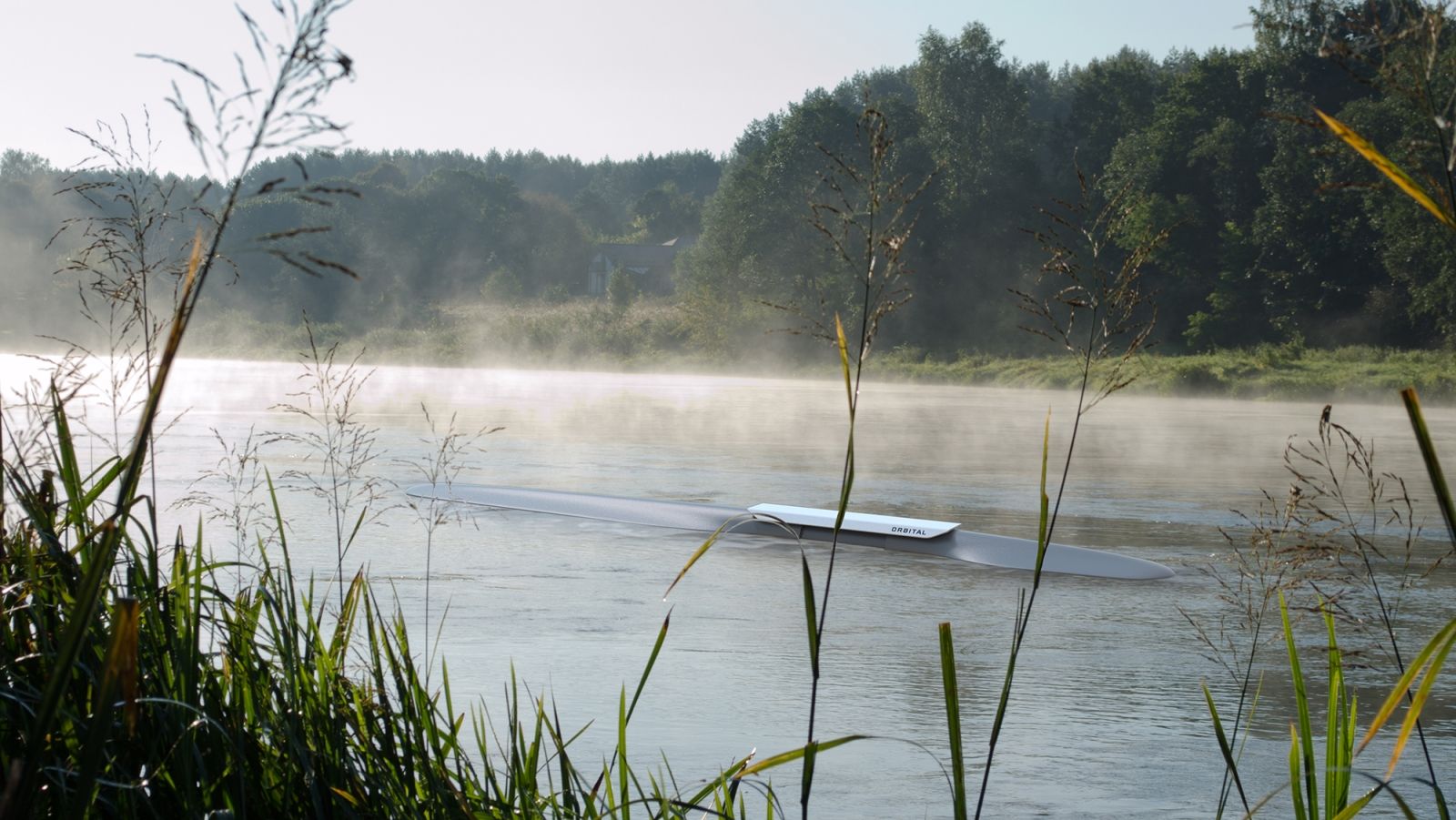
A tidal turbine is similar to a wind turbine submerged in water, but instead of air flow it uses tidal currents or river flow to generate clean power. Unlike wind and solar-based energy capture technology that is dependent on unpredictable weather conditions tidal turbines are incredibly reliable because they use tides driven by the orbits of the earth and the moon that can be predicted years in advance.
Orbital Marine Power set out to engineer a tidal turbine capable of providing clean energy to 2,000 UK homes per year – a pivotal first step in building a network of machines that will one day be able to provide endless, predictable, low carbon power to millions of people across the globe.
The Goal:
In order to achieve this, Orbital chose to partner with Designworks. The key challenge was to create a new aesthetic for the tidal turbine—one that communicates its purpose of supplying clean energy on a large scale and that is ultimately embraced by the public and generates investment opportunities while gracefully integrating into the landscape in which is exists.
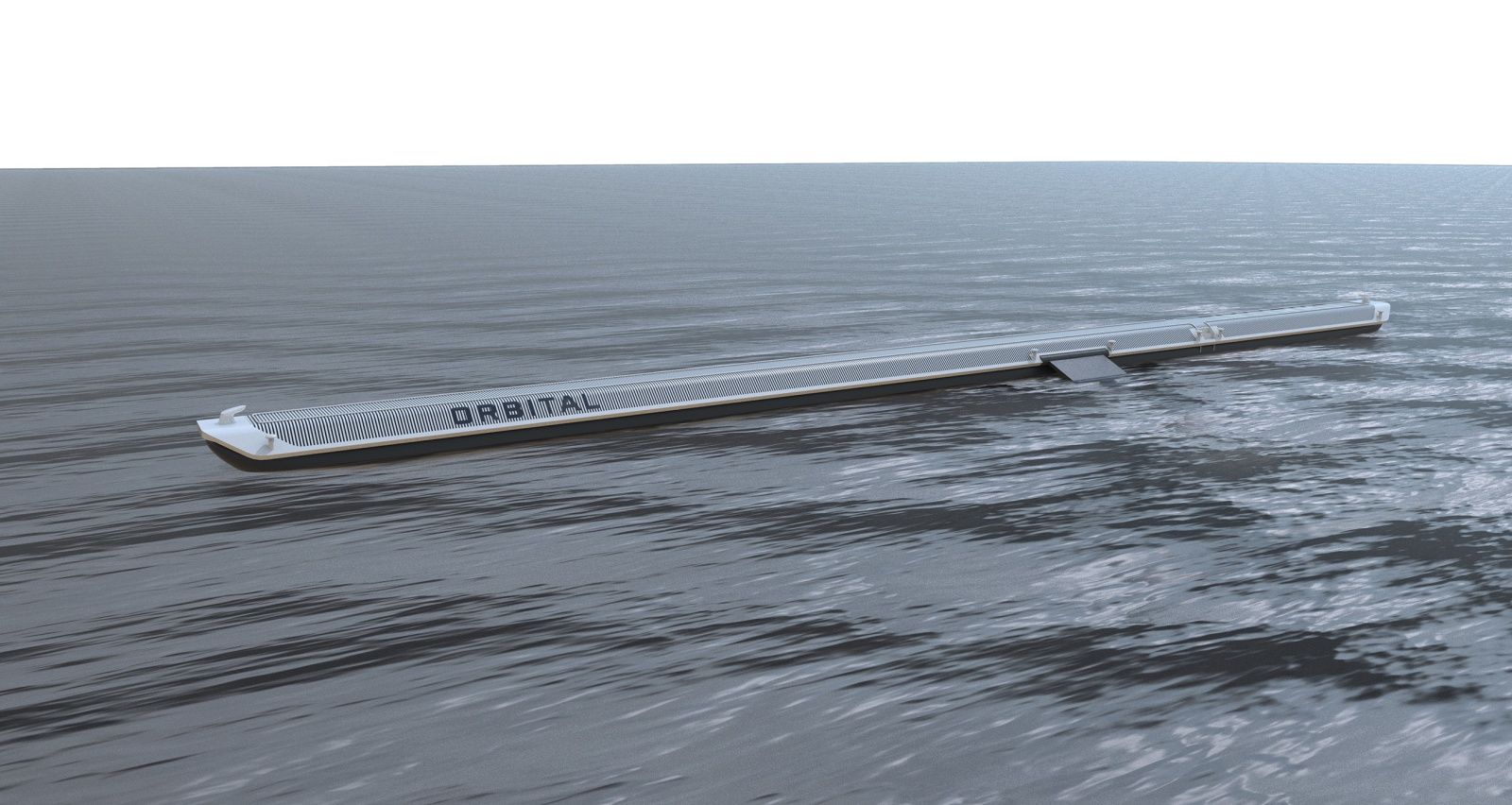
“The collaboration uniquely combines Orbital’s deep engineering and marine experience, with Designworks’ expertise in design strategy and advanced simulation modelling.”
The Design:
During the initial discovery phase load cases were entered into regenerative design software to create computer generated designs for the underwater leg structures which hold the rotors in the flowing water. The results took the form of highly organic, bone-like structures that are capable of withstanding the constant force of ocean currents and consistently increasing tidal flow while remaining light enough to be lifted to the surface of the water for maintenance.
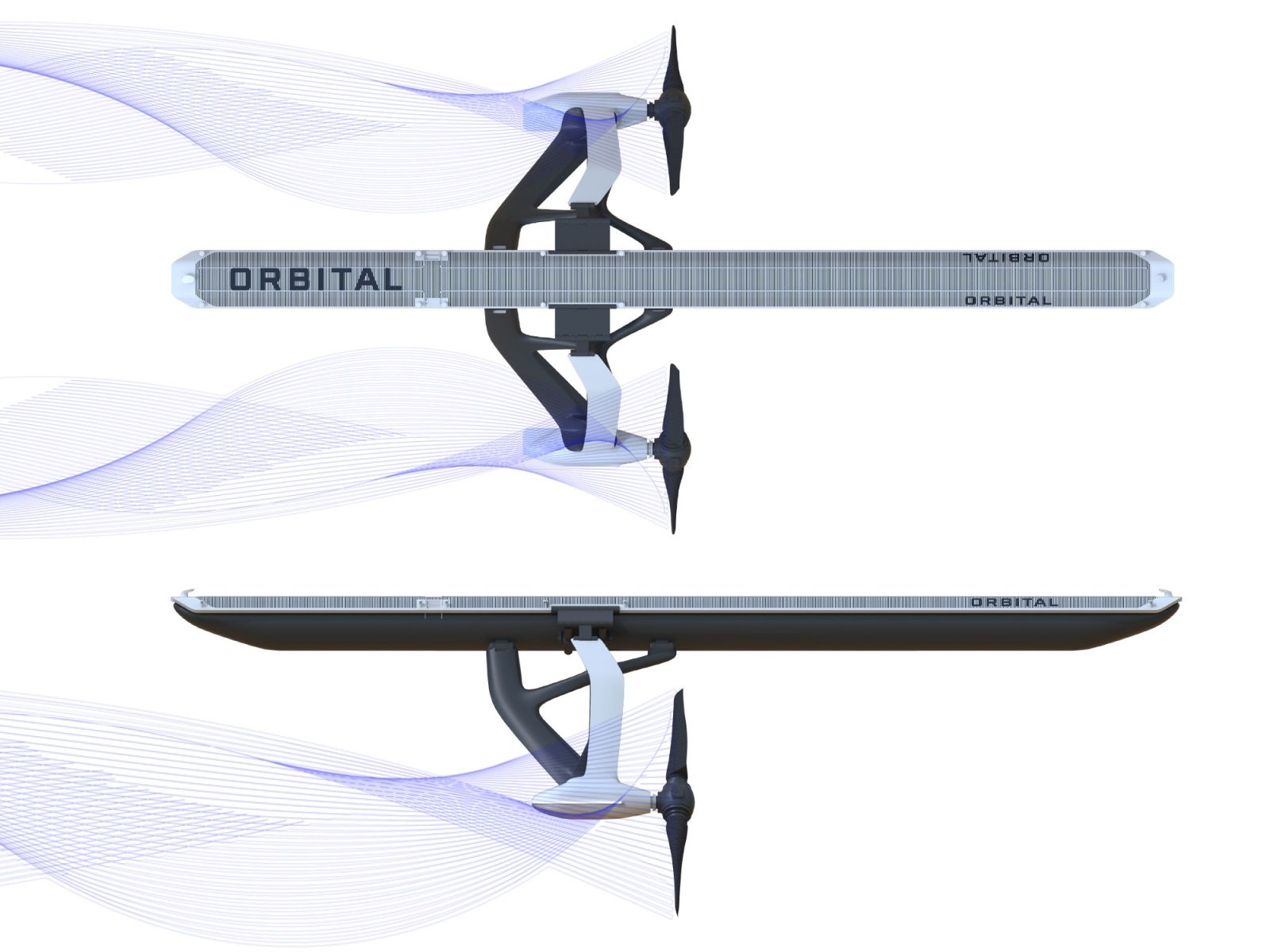
Building on this output, the design leans into the natural aesthetic of hydrodynamic shapes and biomimicry of sea creatures. Specifically analogies to Mangrove roots, that harvest energy from the sea, were included to express a turbine that can blend into the context of the ocean landscape, while simultaneously enhancing it.
Ultimately, the organic, harmonious design of the OA is also the most functional form.
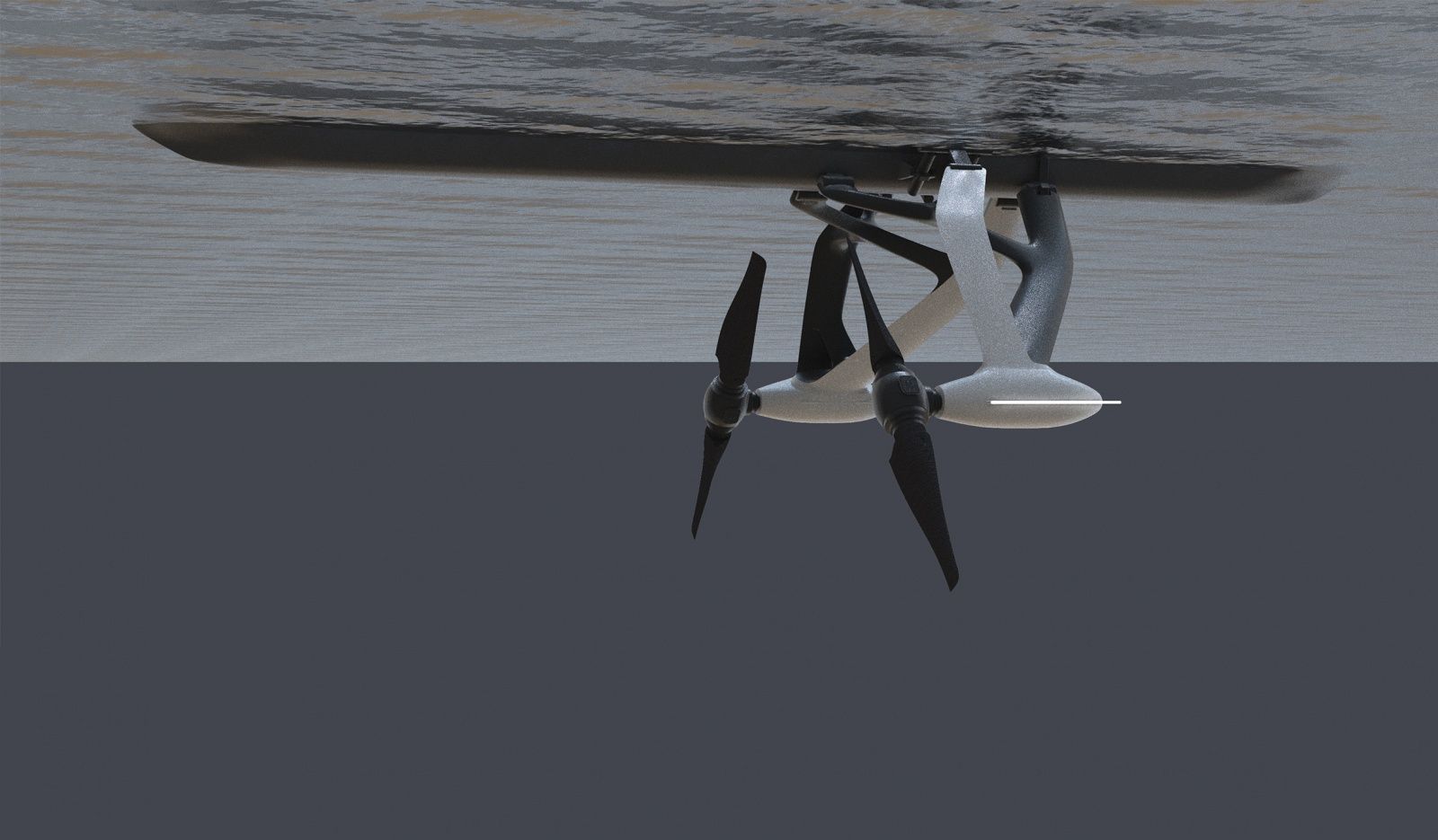
Looking Ahead:
The future expansion of tidal turbine technology has been addressed through a form that not only works as a single unit, but also as an integral part of a larger, expanded network of clean energy machines. The tip and tail profile has been designed to harmonize with other tidal turbines within a larger, connected, grid-like energy network using graphic lines that communicate the natural flow of energy.

Recognizing the similar qualities of flowing water in tidal streams also exists in rivers, Designworks had the extended brief to generate an optimized, smaller variant of the Orbital technology that could be placed in river systems and offer clean electricity for multiple, direct use applications.
In 2019, Orbital raised £7m in crowd funding to support their build of the O2 turbine which occurred in a remarkable short 10 week period. Orbital was also awarded a £3.4m grant from the Scottish Government Saltire Tidal Energy Challenge Fund. Orbital now must garner support on a much larger scale.
